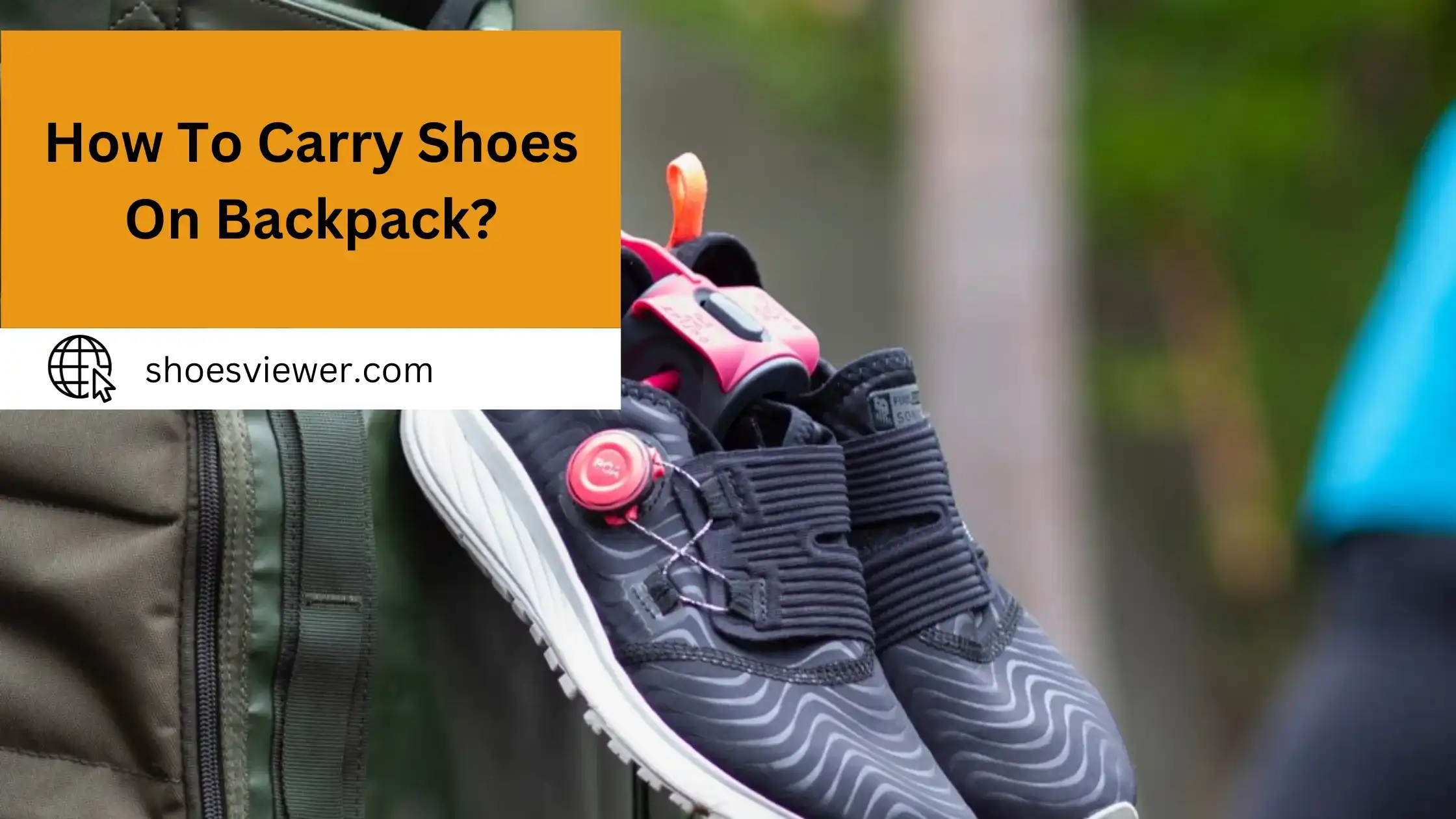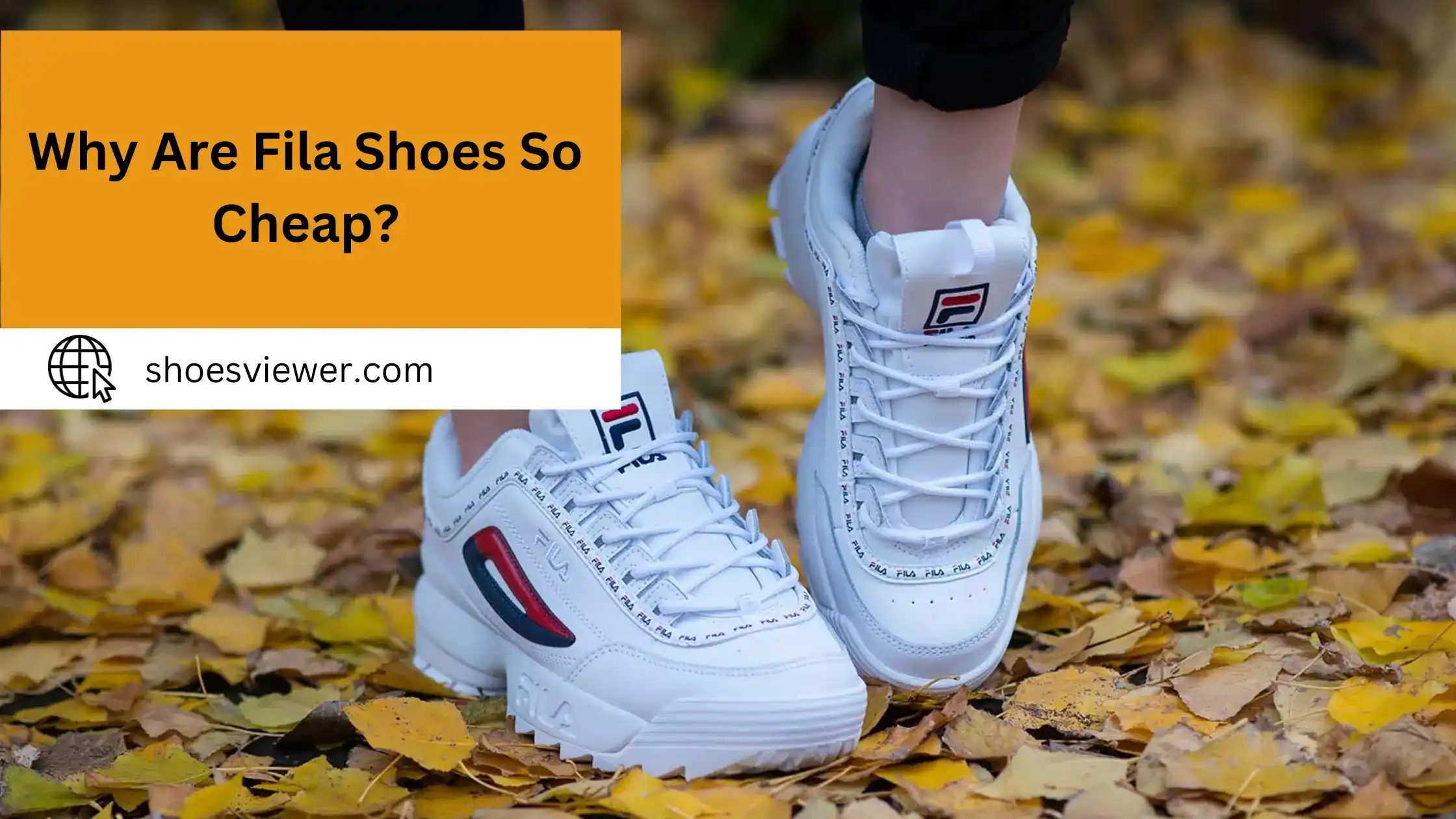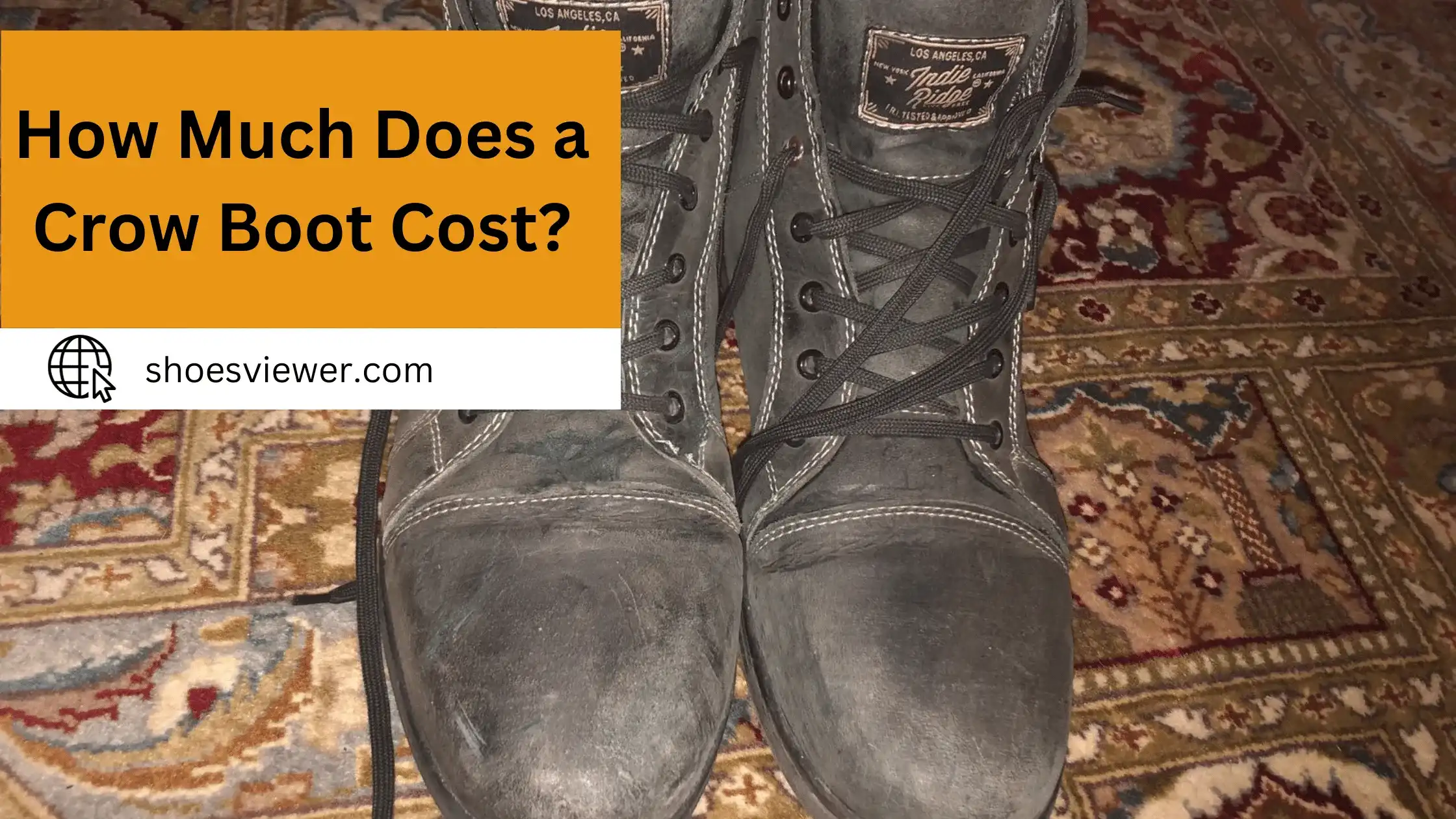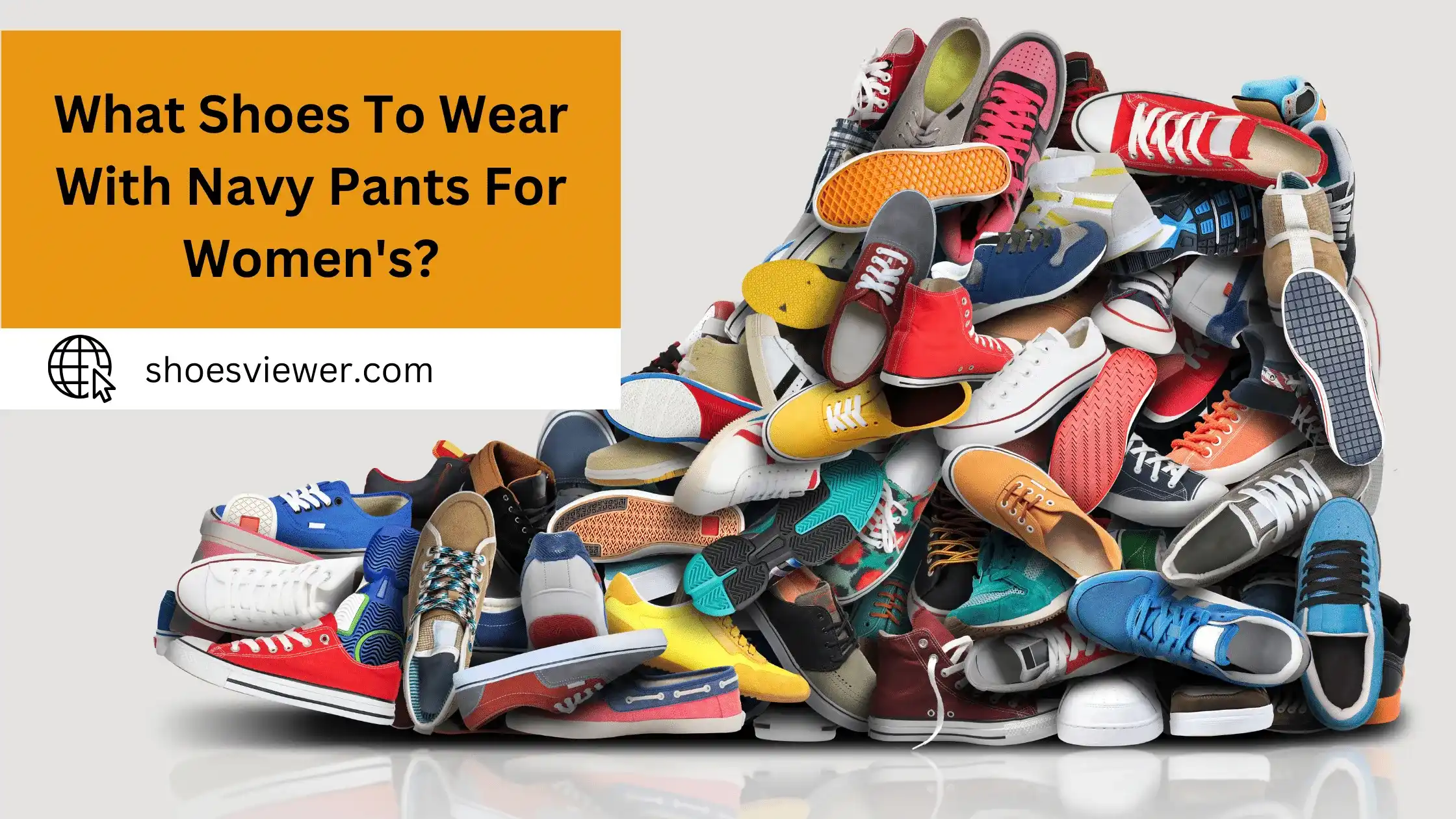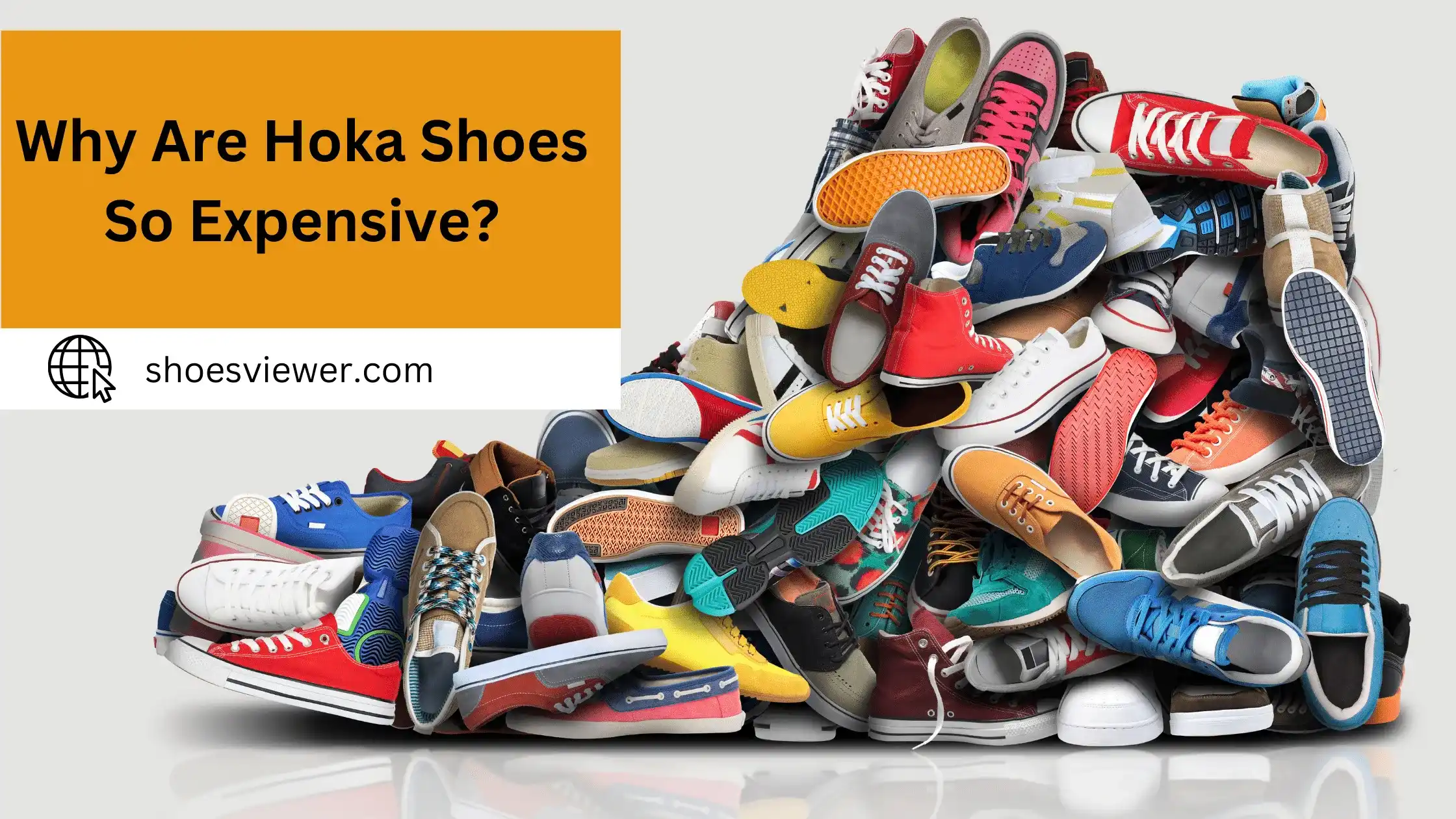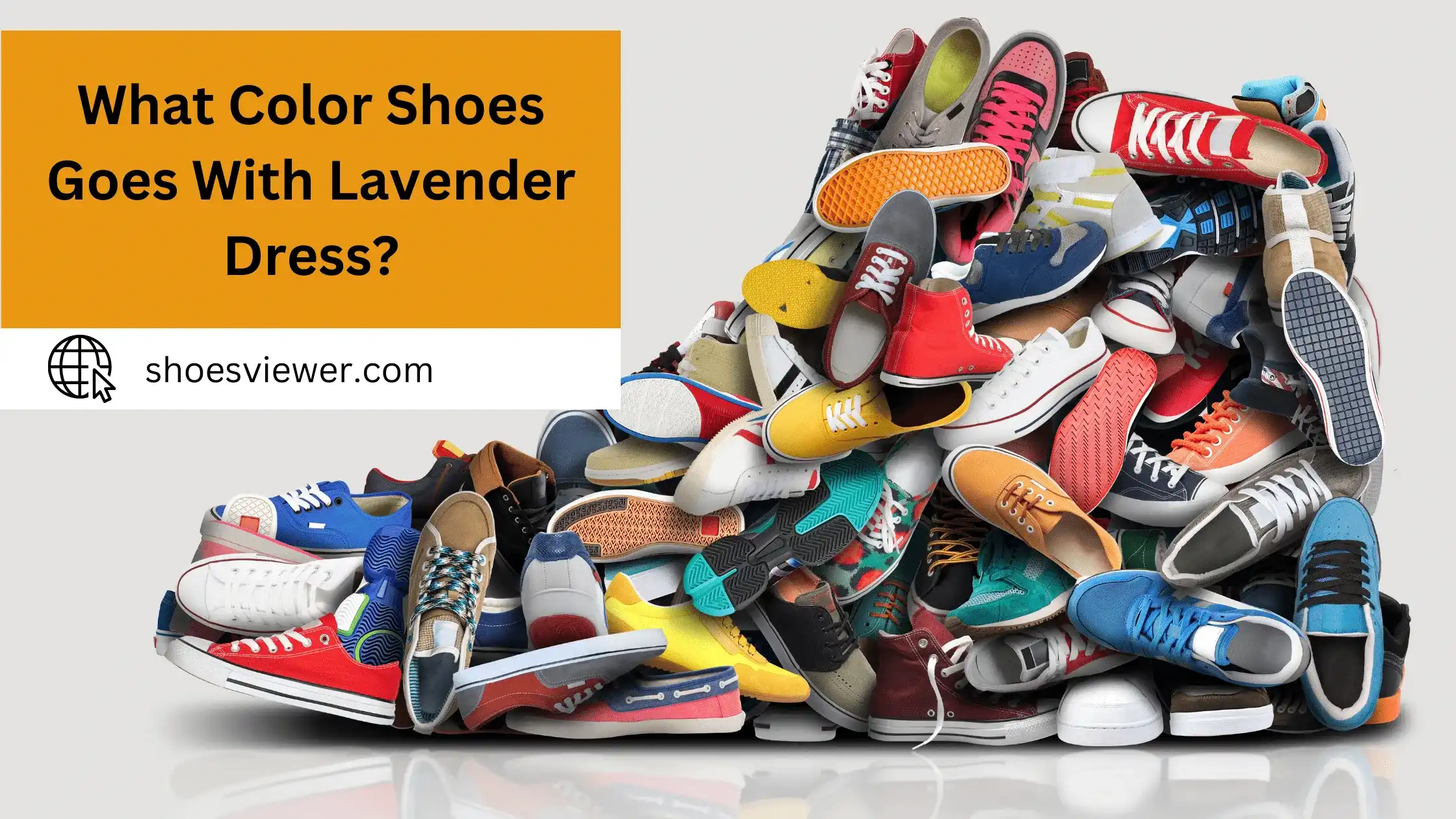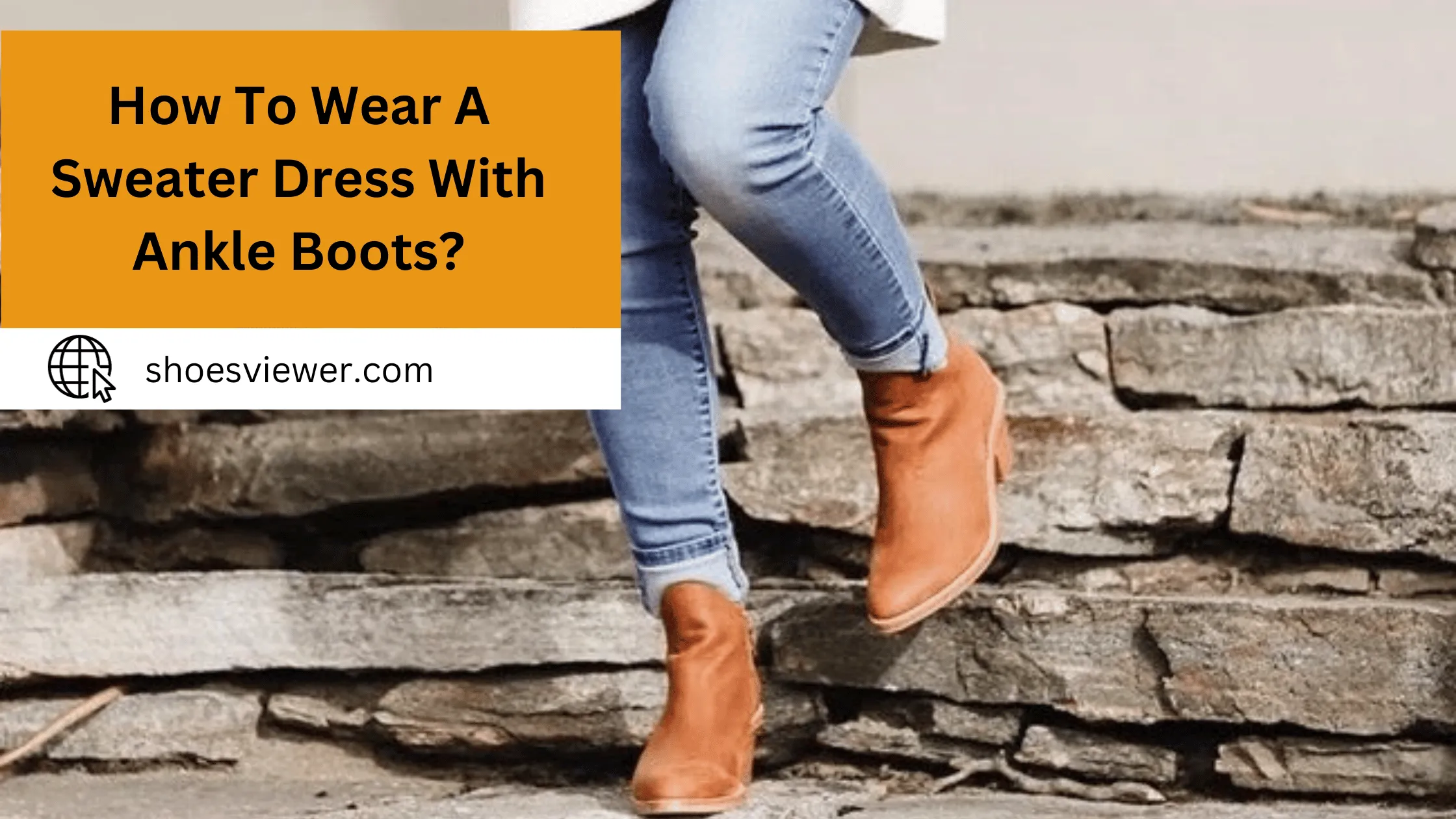Carrying extra shoes on the go can help make the most of any outdoor excursion. You will feel confident with a dedicated space for footwear and lightweight materials like canvas or nylon.
Here, we’ll discuss picking out the right backpack for carrying your shoes and provide helpful tips and tricks for successful packing before hitting the trails. Let’s know how prepping ahead of time can help avoid painful blisters and possible injuries while having fun outdoors!
The Art of Packing - Best Ways To Fit Shoes Inside Your Backpack:
Packing shoes efficiently inside your backpack is essential to maximize your limited space and organize your belongings. Here are some tips on how to fit shoes inside your backpack:
Choose The Right Shoe:
Select the most compact and versatile shoes for your trip. Lightweight and collapsible shoes like flip-flops or minimalist sneakers occupy less space than bulky hiking boots or high heels.
Use Shoe Bags or Covers:
Place your shoes inside individual shoe bags or covers to keep them clean and prevent them from soiling your other belongings. Many shoe bags come with drawstring closures, making them easy to pack and organize.
Stuff Your Shoes:
Fill the empty spaces inside your shoes with smaller items like socks, underwear, or accessories. This not only maximizes space but also helps maintain the shape of your shoes.
Layering Technique:
Lay one shoe flat on the bottom of your backpack and then stack the second shoe on top. This minimizes the footprint and maximizes space efficiency.
Wrap In Plastic Bags:
If you don’t have shoe bags, you can use plastic grocery bags to wrap your shoes individually. This keeps them contained and prevents dirt or moisture from transferring to other items.
Use Shoe Cubes or Pouches:
Some travel organizers come with dedicated shoe compartments or pouches that can be attached to the outside of your backpack or placed inside.
Attach To The Backpack:
If your shoes are too bulky to fit inside your backpack, consider attaching them to the outside. You can use carabiners, straps, or bungee cords to secure them to the exterior of your bag.
External Carrying Methods: How To Securely Attach Shoes To Your Backpack?
When attaching shoes to the outside of your backpack, it’s crucial to do so securely to prevent them from falling off or causing imbalance. Here’s how to do it effectively:
Use Carabiners:
Attach a pair of carabiners to the loops or straps on the back of your backpack. Thread the shoe laces or straps of your shoes through the carabiners and secure them tightly. Ensure that the shoes hang securely and don’t swing around.
Use Compression Straps:
Many backpacks have built-in compression straps or attachment points. Use these to secure your shoes by weaving the straps through the shoelaces themselves. Tighten the straps to keep the shoes in place.
Bungee Cord or Elastic Net:
If your backpack has an external bungee cord or elastic netting, place your shoes inside and secure them by stretching the cord or netting over them. This method works well for lightweight shoes like sandals or sneakers.
Shoe Pouches:
Some backpacks have specialized shoe compartments or pouches that allow you to attach them externally while protecting and securing them.
Check The Balance:
Ensure the weight distribution is balanced when attaching shoes externally. Uneven weight can affect your comfort and posture while wearing the backpack.
Double-Check Security:
Periodically check the attachments to ensure they haven’t loosened during your journey. Re-tighten straps and cords as needed to keep your shoes secure.
Following these packing and attachment methods, you can efficiently fit shoes inside your backpack and ensure they remain secure during your travels, whether inside or outside the bag.
DIY Solutions: Creating Homemade Carriers for Shoes on Backpacks
If you prefer DIY solutions for carrying shoes on your backpack, you can create homemade carriers using simple materials and tools. Here are a few DIY ideas:
Fabric Shoe Pockets:
Materials: Sturdy fabric, sewing machine or needle and thread, drawstring cord, cord lock.
Steps:
- Cut two rectangular pieces of fabric.
- Sew the sides and bottom edges together, leaving the top open.
- Fold over the leading edge and sew a channel for the drawstring cord.
- Thread the drawstring cord through the channel and secure it with a cord lock.
- Attach the pocket to your backpack using carabiners or clips.
Plastic Bottle Containers:
Materials: Empty plastic bottles (e.g., soda or water bottles), scissors, duct tape, cord, or straps.
Steps:
- Cut the plastic bottles in half horizontally to create open containers.
- Wrap duct tape around the cut edges to smooth them and prevent sharp edges.
- Drill holes near the top of each container.
- Attach cord or straps through the holes, creating loops for hanging on your backpack.
Reusable Shopping Bags:
Materials: Lightweight, reusable shopping bags (the type with handles).
Steps:
- Place one shoe in each bag.
- Tie the bag handles together, creating a secure bundle.
- Attach the bundle to your backpack using carabiners or clips.
Safety Precautions - Ensuring Your Shoes Don’t Become A Hazard:
Proper shoe care is not only about preserving the shoes but also about ensuring your safety and comfort. Here are some safety precautions to keep in mind:
- Check the condition of your shoe soles regularly. Worn-out or damaged soles can reduce traction and increase the risk of slipping.
- When your shoes show excessive wear, especially in the sole or heel area, it’s time to consider replacing them. Worn-out shoes can lead to discomfort and injuries.
- Ensure that your shoes fit well and provide adequate support. Shoes that are too tight or too loose can cause blisters, foot pain, and discomfort.
- Loose or untied shoelaces can become a tripping hazard. Make it a habit to tie your laces securely and tuck them away if possible.
- If you have new shoes, take the time to properly break them in before embarking on long journeys. Wearing them gradually can prevent discomfort and blisters.
- Consider the terrain you’ll be traversing. Different activities and environments may require specific footwear to ensure safety and comfort.
- Choose appropriate footwear for the weather conditions you’ll encounter. For example, don’t wear slippery dress shoes on icy sidewalks.
Following these care and safety precautions, you can protect your shoes. At the same time, on the move, ensure they remain comfortable and reduce the risk of accidents or discomfort during your travels or outdoor activities.
Conclusion:
Packing your shoes into a backpack when traveling can be a great way to save space and keep your belongings safely stored. With these tips in mind, you can ensure you can carry your shoes without any issues. And remember, no matter what bag or backpack you use, always label it with your name and contact information. That way, if it gets lost, you have a higher chance of returning it. So go ahead: grab your favorite pair of kicks and store them away safely in your bag!
